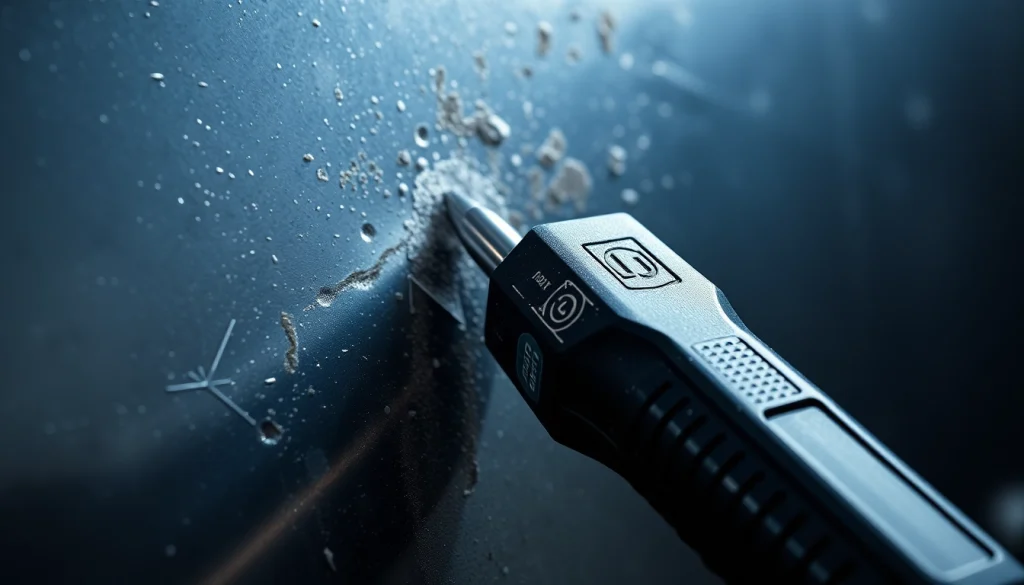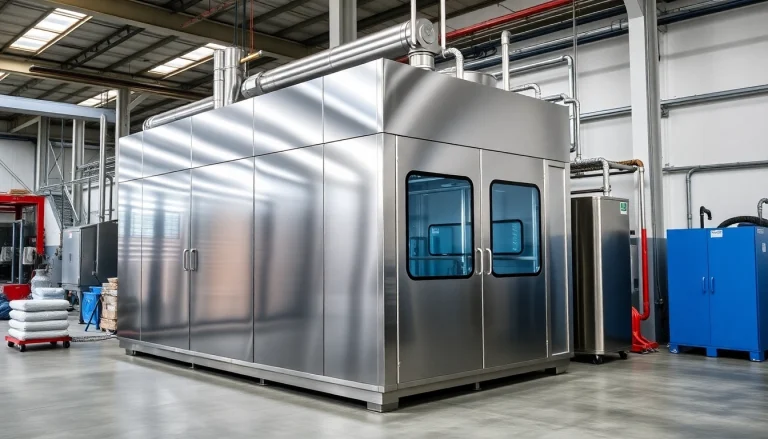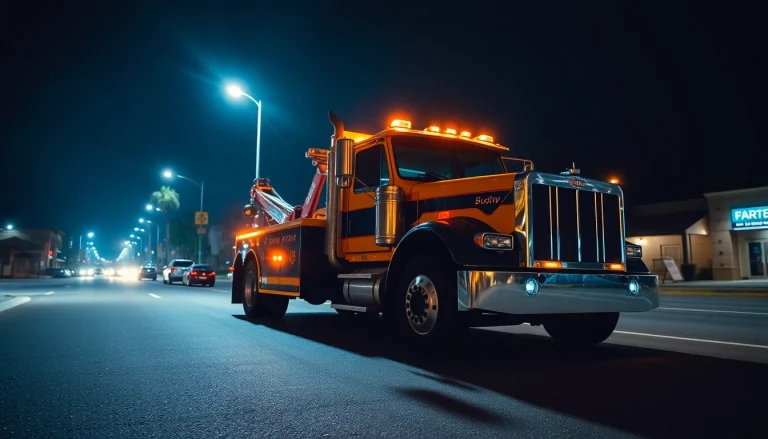
Understanding the Needle Gun: An Overview
1.1 What is a Needle Gun?
A needle gun, often referred to as a needle scaler, is a powerful pneumatic tool used primarily in surface preparation. It employs a series of high-speed needles or rods that deliver rapid percussive blows, allowing it to effectively remove rust, paint, and other unwanted surface materials from metal and concrete. The needle gun operates through compressed air, providing an efficient means to clean and prepare surfaces for further treatment or finishing.
1.2 History and Evolution of Needle Guns
The needle gun has a fascinating history that reflects advancements in both firearm and industrial technology. Its origins can be traced back to the mid-19th century, particularly the Dreyse needle gun, a firearm designed with a unique needle-like firing pin. This design enabled it to strike open cartridges effectively, leading to a faster firing rate during combat.
However, the evolution of the needle gun into an industrial tool began in the 20th century when manufacturers recognized the potential for using similar mechanics in surface preparation. Today, needle guns are integral in a variety of industries, including automotive, construction, and metalworking, allowing for improved efficiency and versatility in surface cleaning tasks.
1.3 Common Applications of Needle Guns
Needle guns are widely utilized across various sectors for several applications:
- Rust Removal: Effective in stripping rust from metal surfaces, needle guns are crucial for equipment maintenance in industries like manufacturing and shipbuilding.
- Paint Stripping: Needle scalers can quickly remove old paint layers without damaging the underlying substrate, making them ideal for refurbishing vehicles and machinery.
- Surface Preparation: Before welding or coating, needle guns prepare surfaces by eliminating contaminants, ensuring optimal adhesion and quality of work.
- Cleaning Welds: They are invaluable in cleaning welds, removing slag, and ensuring the integrity of joints in metal fabrication.
How Needle Guns Work: The Mechanics
2.1 The Technology Behind Needle Guns
The internal mechanics of a needle gun are relatively simple yet effective. The tool consists of a handle, a piston driven by compressed air, and a series of needles that are rapidly reciprocated. When the operator engages the tool, air enters through a valve and moves the piston, which strikes the needles downwards against the work surface, creating an oscillating action. This action generates a high frequency of impacts that efficiently chip away unwanted material.
One of the key advantages of this design is its ability to contour to irregular surfaces, as the needles can flex and follow the shape of the object being cleaned.
2.2 Types of Needle Guns Available
Needle guns come in various configurations, each suited for specific applications:
- Pneumatic Needle Guns: These are powered by compressed air and are commonly used in heavy-duty industrial settings.
- Electric Needle Guns: Ideal for smaller jobs or less intensive applications, these dos offer portability and ease of use but may lack the power of pneumatic models.
- Compact Needle Guns: Designed for tight spaces, these models provide maneuverability without sacrificing too much power.
2.3 Comparing Needle Guns and Other Surface Preparation Tools
In surface preparation, several tools are commonly used, including grinders, sandblasters, and wire brushes. Each has distinct advantages and drawbacks:
| Tool | Advantages | Disadvantages |
|---|---|---|
| Needle Gun | Highly effective on irregular surfaces, minimal residue, and good for detailed cleaning. | Can be noisy; may require a good air compressor. |
| Grinders | Fast material removal, effective for large flat areas. | Can damage the surface; not as effective on rust removal. |
| Sandblasters | Very effective for deep rust removal; works rapidly. | Can create significant dust and waste; requires careful setup. |
| Wire Brushes | Low cost, good for small jobs. | Less effective on heavy rust; can leave behind bristles. |
Benefits of Using Needle Guns in Metalwork
3.1 Time Efficiency and Precision
One of the standout benefits of using needle guns is their time efficiency. A needle gun can strip surfaces much faster than traditional methods like hand scrubbing or using wire brushes. The rapid action of the needles allows operatives to cover large areas quickly while achieving precise cleaning, even in tight corners and complex geometries.
3.2 Effectiveness Against Rust and Scale
Needle guns excel in removing rust and scale on metal surfaces. Unlike chemical rust removers that can be hazardous and slow, needle guns provide an immediate, mechanical solution. The impact of the needles dislodges rust and scale without damaging the base material, an important consideration in preserving the integrity of the metal beneath.
3.3 Cost-Effectiveness of Needle Guns
When evaluating tools for surface preparation, cost-effectiveness is critical. While the initial investment in a needle gun may be higher than that of simpler tools, the long-term benefits outweigh the costs. Faster cleaning processes mean reduced labor time, leading to overall cost savings on projects. Additionally, the durability of needle guns ensures that they are a viable long-term investment in the toolbox of any metalworker.
Best Practices for Operating a Needle Gun
4.1 Safety Measures When Using Needle Guns
Safety is paramount when operating needle guns. Follow these best practices:
- Wear appropriate personal protective equipment (PPE), including safety goggles, gloves, and hearing protection.
- Ensure the work area is well-ventilated to minimize exposure to dust and particles.
- Check all connections and components before use to prevent accidents caused by equipment malfunctions.
4.2 Maintenance Tips for Long-Lasting Performance
To achieve optimal performance and longevity from your needle gun, regular maintenance is essential:
- Clean the needles after every use to remove debris and prevent clogging.
- Regularly lubricate moving parts to ensure smooth operation.
- Inspect hoses and air connections for leaks or wear, replacing as necessary.
4.3 Troubleshooting Common Issues with Needle Guns
Common issues can arise with needle guns, including:
- Loss of Power: Check air supply and connections to ensure there are no leaks or blockages.
- Needle Jamming: If needles are jamming, remove the needle pack and inspect for wear or debris.
- Excessive Vibration: This may indicate worn parts; regular maintenance can prevent these issues.
Choosing the Right Needle Gun for Your Needs
5.1 Factors to Consider in Your Selection
When selecting a needle gun, consider the following factors:
- Type of Surface: Different surfaces may require specific needle lengths or types.
- Power Source: Choose between pneumatic and electric models based on your work environment.
- Frequency of Use: If you plan to use the tool heavily, investing in a robust model is recommended.
5.2 Leading Brands and Models of Needle Guns
Several brands are recognized for their quality in the needle gun market, including:
- Ingersoll Rand: Known for their durable and powerful pneumatic tools, Ingersoll Rand offers a range of needle scalers appropriate for different applications.
- Chicago Pneumatic: This brand provides both lightweight and heavy-duty options catering to diverse industrial settings.
- MILWAUKEE: Known for reliability, their electric needle scalers offer robust performance for smaller jobs.
5.3 Where to Buy Your Needle Gun
Purchasing a needle gun can be done through various channels including online retailers, industrial supply stores, and tools specific outlets. Brands like Amazon and Home Depot often have models ranging from budget-friendly to professional-grade, ensuring accessibility for all budgets and needs.






